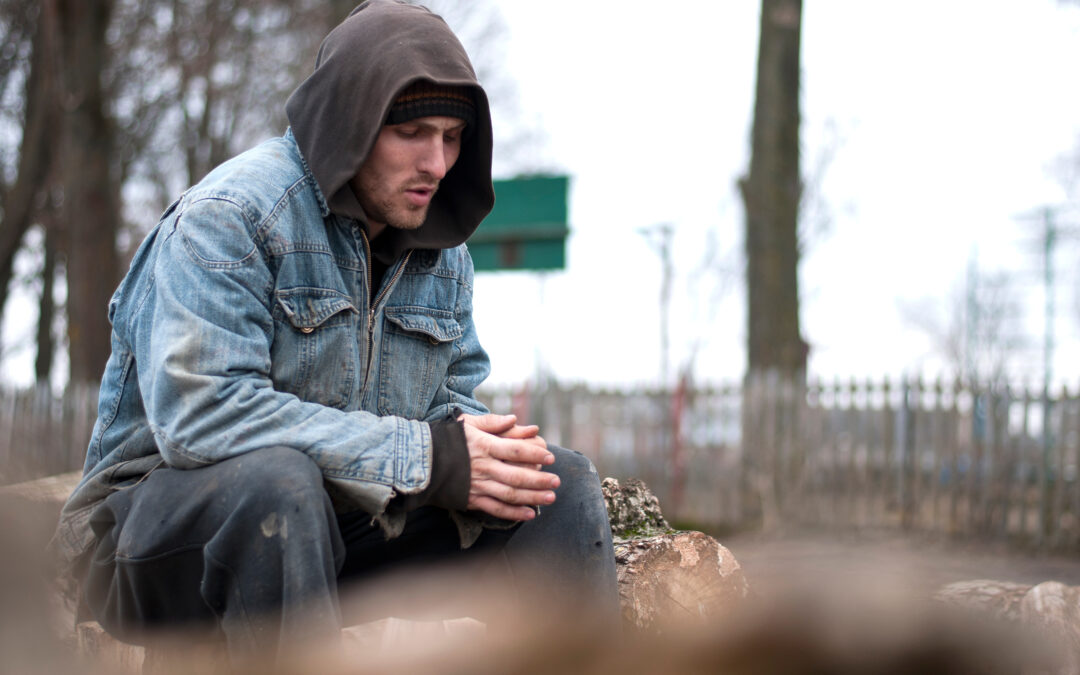They say addiction does not discriminate, and it’s true that addiction can happen to anyone and is difficult for anybody to navigate, even with the best support and access to a wide range of resources. At Safe Harbor Recovery Center, we recognize that for people who are struggling with homelessness while also battling addiction, recovery can seem especially unattainable.
Sobering Statistics
People who are homeless are simultaneously less able to get help and at especially high risk for overdose:
- Overdose is now the leading cause of death among homeless adults.
- Homeless adults were nine times more likely than their housed counterparts to die from an overdose.
- Opioids are responsible for more than 80 percent of those overdoses.
- Narcan can reverse opioid overdoses until professional medical treatment arrives, but many unhoused people may not have access to Narcan or a person who can administer it in an emergency.
The Cost of Stigma
While the general population might recognize a correlation between addiction and homelessness, the lack of complete information may lead them to stigmatize unhoused individuals instead of viewing them with compassion and empathy.
- Substance abuse can be both a cause and an effect of homelessness.
- A study of unhoused people in California found that of the homeless population who had used drugs in the past six months, around 40 percent of them had only started using drugs more than three times per week after becoming homeless.
- People who didn’t have access to a car or shelter when sleeping and who were homeless for more than a year had the highest proportions of meth and opioid use.
- Around a third of homeless people struggle with drugs and alcohol, with higher numbers for younger unhoused people.
- Once a person becomes homeless, it can be difficult to do the things they need to do to regain housing, like finding and maintaining employment, passing a credit check, and saving up money for a security deposit.
- Many services for homeless people will not serve anyone who is struggling with active addiction.
- Homelessness leaves people vulnerable to becoming victims of crime and other traumas and also more likely to resort to crime out of desperation or as a result of untreated mental illness.
- It is difficult to focus on recovery when you aren’t sure if you will have a safe place to sleep that night.
Vulnerable Populations
Certain groups of people are at especially high risk for experiencing the combination of homelessness and addiction due to other factors in their lives:
- Veterans – due to the traumas that many Veterans have faced during their time in service:
- Around 37,000 Veterans experience homelessness each year.
- About a fifth of all Veterans with PTSD struggle with substance use disorder (SUD).
- Nearly a third of Veterans treated for SUD also have PTSD.
- Veterans frequently experience chronic pain from injuries they received while serving in the military and may begin using alcohol or other substances in an attempt to self-medicate.
- Veterans with PTSD often engage in binge drinking.
- Homelessness was 10 times more prevalent in Veterans with opioid use disorder than in other Veterans.
- The LGBT+ Community – Lesbian, gay, bisexual, transgender, and other people commonly marginalized for their sexual orientation and gender identity often face bullying and rejection from their families and society in general, which contributes to their struggles:
- LGBT+ youth are at heightened risk for polysubstance abuse, which increases the dangers of overdose and health issues.
- Co-occurring mental health and substance use disorders in the LGBT+ community are common, which also increases the likelihood of homelessness.
- LGBT+ young people are 40 percent less likely to have a supportive adult in their lives and are often kicked out of their homes when they come out to their parents, a factor that reduces the risk of both homelessness and SUD.
- Former Foster Youth – Though supports for young people from foster care have increased in recent decades, former foster youth still experience high levels of poor outcomes after aging out of the system:
- Between 31-46 percent of former foster children experience homelessness by age 26 and up to a quarter of foster youth are homeless within a year of aging out.
- Foster care alumni are more likely than their peers to have co-occurring mental health and substance use disorders.
- Young people from care often distrust authority figures and may not be willing to reach out for help, for either their addiction or homelessness.
At Safe Harbor Recovery Center in Portsmouth, Virginia, we recognize the unique struggles people face when simultaneously experiencing homelessness and addiction. We provide individualized, trauma-informed care and help our guests rebuild their sober support systems to maximize their ability to maintain long-term recovery.

